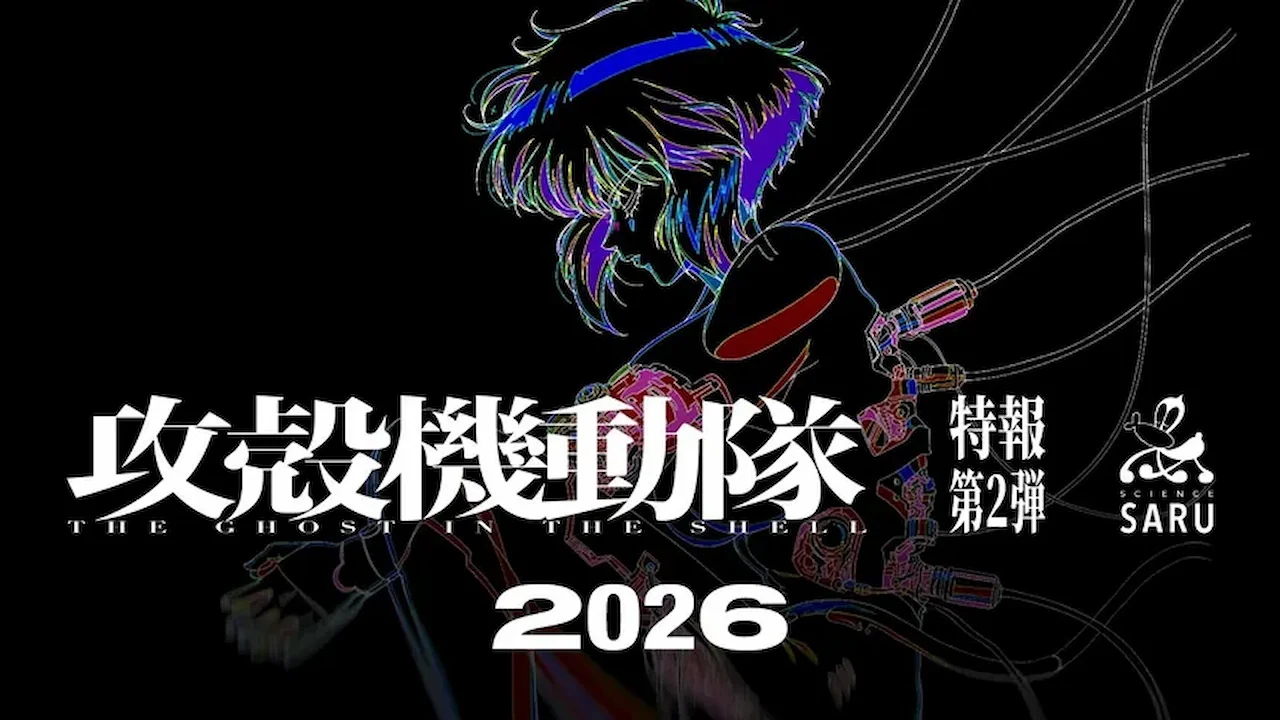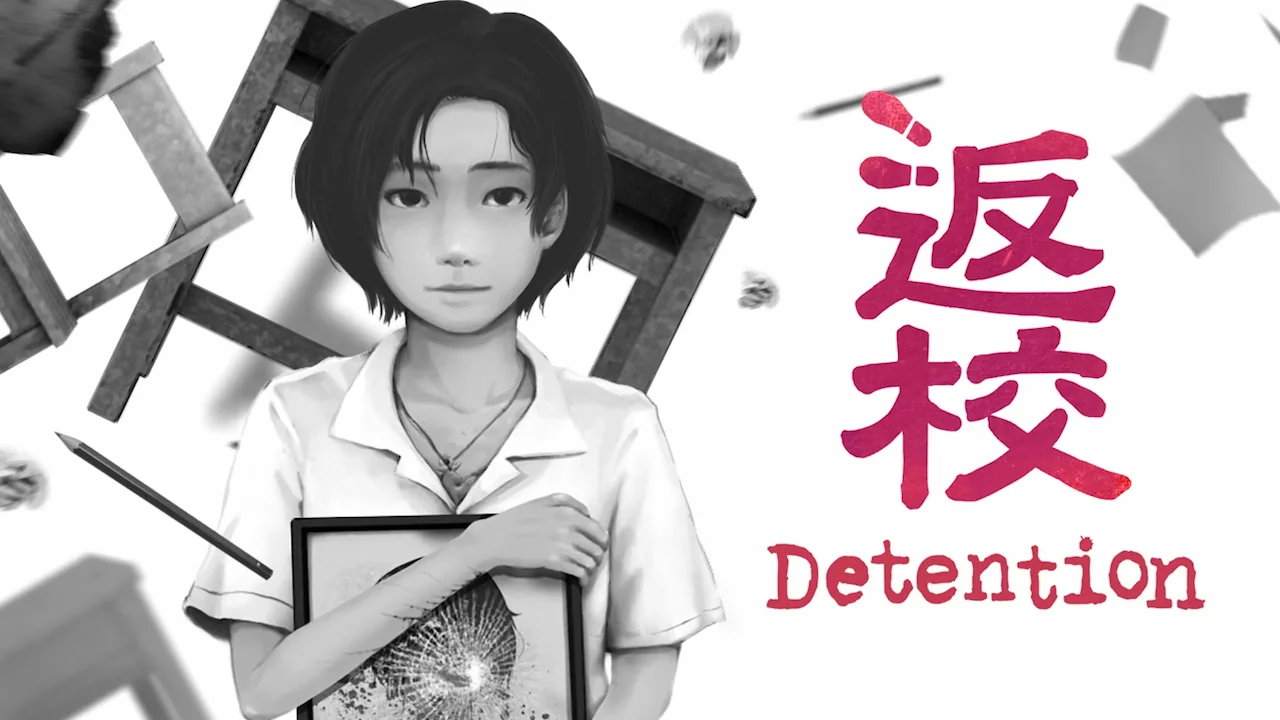Last Updated:
The following are terms and descriptions for different game genres, subgenres, and other information for clarity’s sake.
A
- Action: Games where players engage in combat or physical challenges, often requiring reflexes and strategic thinking. Examples: Call of Duty, Super Mario Bros.
- Action-Adventure: A blend of action and exploration with puzzle-solving elements, often set in immersive worlds that encourage exploration and combat in equal measure. Examples include The Legend of Zelda: Breath of the Wild, Tomb Raider, and Uncharted 4: A Thief’s End.
- Adventure (ADV): Focused on narrative, exploration, and puzzle-solving, advancing through a set story. Examples: Famicom Detective Club, Death Mark, Monkey Island.
- ARPG (Action Role-Playing Game): RPGs emphasizing real-time combat, character skills, and customization. Examples: Xenoblade Chronicles 3, Dark Souls, Final Fantasy XVI.
B
- Battle Royale (BR): Multiplayer games where many players compete to be the last standing, scavenging weapons and resources. Examples: Fortnite, PUBG, Apex Legends.
- Beat ‘Em Up: Focused on close-quarters combat against waves of enemies, often side-scrolling and cooperative. Examples: Streets of Rage, Battletoads, God Hand.
- Boomer Shooter: Retro-inspired shooters with fast-paced combat, large arsenals, and maze-like levels. Examples: Dusk, Blood: Fresh Supply, and Rise of the Triad.
C
- Card Games: Digital versions of traditional card games, where players use strategy and luck to meet objectives. Includes collectible card games (CCGs), trading card games (TCGs), and classics like poker and solitaire. Examples: Uno, Solitare, Hearthstone.
- CRPG (Computer Role-Playing Game): RPGs played on computers, featuring quests, character growth, and choices affecting the story. Examples: Baldur’s Gate, The Witcher, Divinity: Original Sin.
- Character Action: Fast, skill-based combat games focusing on mastering combos and attacks. Examples: Devil May Cry, Bayonetta, Metal Gear Rising: Revengeance.
D
- DRPG (Dungeon Role-Playing Game): RPGs centered on dungeon exploration, party-based combat, and skill leveling. Examples: Undernauts: Labyrinth of Yomi, Etrian Odyssey, Wizardry.
E
- Educational: Games designed to teach skills or knowledge through interactive challenges. Examples: Math Blaster, Oregon Trail, Reader Rabbit.
F
- Farming Simulation: Manage farms, crops, animals, and relationships in daily-life simulation. Examples: Stardew Valley, Animal Crossing: New Horizons, Harvest Moon.
- Fighting: Games focused on combat between characters in a defined area, using combos, special moves, and health bars to win. Often include rounds and multiplayer options. Examples: Tatsunoko vs Capcom, The King of Fighters, Virtua Fighter.
- Flight Sim: Realistic flight simulation games replicating aircraft control and physics. Examples: Microsoft Flight Simulator, X-Plane.
- Free-to-Play: Games available without purchase, monetized via microtransactions, ads, or battle passes. Examples: Phantasy Star Online 2, Warframe.
G
- Gacha: Games where players obtain characters, items, or resources via a randomized lottery system. Examples: Fate/Grand Order, Genshin Impact, Zenless Zone Zero.
H
- Hack & Slash: Fast-paced melee combat games with weapons and RPG progression. Examples: God of War, Dynasty Warriors.
- Horror: Games designed to scare or disturb players through creepy stories, unsettling visuals, and tense gameplay. Often featuring survival, supernatural, and psychological elements, with limited resources and challenging enemies. Examples: Resident Evil, Silent Hill, Outlast.
- Hero Shooter: Shooters where players select unique heroes with abilities for strategic team play. Example: Overwatch.
I
- Immersive Sim: Games that blend FPS, RPG, and adventure elements, offering extensive player choice and interactive environments. Players can approach challenges in various ways, often with player-driven solutions and consequences. Examples: Deus Ex, System Shock.
- Indie: Games made by small or independent teams, focusing on innovation and creativity. Examples: Assault Spy, Hollow Knight, Stardew Valley.
- Interactive Movie: Narrative-driven games where player choices influence the plot. Examples: Her Story, Detroit: Become Human, The Walking Dead.
J
- JRPG (Japanese Role-Playing Game): Story-driven RPGs with turn-based or active combat, party systems, and stylized visuals. Examples: Final Fantasy V, Chrono Trigger, Dragon Quest.
L
- Light Gun Game: Shooting games using gun-shaped peripherals, often in arcades with fixed paths. Examples: Duck Hunt, Time Crisis, House of the Dead, Virtua Cop.
M
- MMO (Massively Multiplayer Online): Persistent online worlds with hundreds or thousands of players. Examples: Final Fantasy XIV, World of Warcraft, Guild Wars.
- MOBA (Multiplayer Online Battle Arena): Team-based games controlling unique heroes to destroy the enemy base. Examples: League of Legends, Dota 2, Heroes of the Storm.
- Mobile: Games designed for smartphones and tablets.
- Movement Shooter: Fast shooters emphasizing agility, dashing, and fluid motion. Examples: Titanfall 2, Ghostrunner.
- Mystery: Games centered on solving puzzles or uncovering secrets. Example: Master Detective Archives: Rain Code.
- Metroidvania: Action-platformers with interconnected maps and ability-gated progression. Examples: Hollow Knight, Castlevania: Symphony of the Night, Super Metroid.
O
- Open World: Expansive, non-linear environments encouraging exploration and side quests. Examples: The Witcher 3: Wild Hunt, Red Dead Redemption 2, Elden Ring.
- Otome: Romance-focused visual novels aimed at a female audience, with multiple routes and endings. Examples: Angelique, Hakuoki, and Jack Jeanne.
P
- Party: Games designed for social play with mini-games or quick rounds. Examples: Mario Party, Overcooked!, Smash Bros.
- Platformer: Games emphasizing navigation through jumps and obstacles. Examples: Super Mario Bros. and modern titles like Celeste.
- Point and Click: Adventure games solved through exploration and item use via mouse. Examples: Dracula: The Last Sanctuary, Grim Fandango.
- Port: Adaptations of games to new platforms, preserving core gameplay. Examples: Halo: Combat Evolved (PC port), Skyrim (console port).
- Psychological Horror: Horror games exploring disturbing themes and mental disorientation. Examples: Silent Hill, The Evil Within, Soma.
- Puzzle: Games challenging logical thinking, pattern recognition, or problem-solving. Examples: Tetris, Candy Crush Saga, and Portal.
R
- Racing: Competitive vehicle driving games focused on speed. Examples: Forza Horizon, Mario Kart, and Burnout 3: Takedown
- Racing Sim: Realistic racing games simulating real-world physics and handling. Examples: iRacing, Assetto Corsa, Gran Turismo.
- Rail Shooter: Shooters with predetermined paths; focus on aiming and reflexes. Examples: Star Fox 64, Rez, and Panzer Dragoon.
- Reboot: Franchise restart discarding prior continuity. Examples: Alone in the Dark (2024), Tomb Raider (2013)
- Reimagining: Reinterprets an original game with modern gameplay or narrative updates. Examples: Resident Evil 2 (2019), Resident Evil 3, Final Fantasy VII: Remake
- Remake: Full recreation of a game using modern technology while preserving the original story. Resident Evil (2002).
- Remaster: Enhanced version of a game with improved graphics and audio, minimal gameplay changes. Examples: Metroid Prime Remastered, Final Fantasy XII: The Zodiac Age
- Roguelike: Procedural levels, turn-based combat, permadeath. Examples: 20XX, Enter the Gungeon.
- Roguelite: Roguelike elements with persistent progression. Examples: Hades and Dead Cells.
- Rhythm: Games based on synchronizing actions to music. Examples: Dance Dance Revolution, Beat Saber, Guitar Hero, Osu!.
- Real-Time Strategy: Strategy games with real-time unit control and resource management. Examples: StarCraft II, Command & Conquer, Age of Empires II, Warcraft III
- Real-Time Tactics: Strategy games focusing on battlefield control over resource management. Examples: Wargame and Aliens: Dark Descent.
- Role Playing Game (RPG): Games emphasizing character development, exploration, and narrative. Examples: Mass Effect, Final Fantasy VII, and Elden Ring.
- Run and Gun: Action games combining movement and shooting. Examples: Contra, Metal Slug.
S
- Sandbox: Open-ended games emphasizing creativity and freedom. Examples: Minecraft, Garry’s Mod, Terraria.
- Shooter: Games focused on aiming and combat with ranged weapons. Examples: Call of Duty, Binary Domain, and Overwatch.
- Shoot Em Up (Shump): Dodging and eliminating enemies in a scrolling environment. Examples: Galaga, Space Invaders, and Ikaruga.
- Strategy: Games emphasizing planning, resource management, and tactics. Examples: StarCraft, Civilization VI, and XCOM 2.
- Stealth: Games rewarding sneaking and avoiding detection. Examples: Metal Gear Solid, Splinter Cell, and Dishonored.
- Simulation: Games replicating real-world activities or systems. Examples: The Sims and Cities: Skylines.
- Sports: Virtual recreations of athletic competitions. Examples: FIFA, Madden NFL, and Tony Hawk’s Pro Skater.
- Survival: Endure hostile environments, managing resources and threats. Examples: Minecraft, Ark: Survival Evolved, and The Forest.
- Survival Horror: Horror games that emphasize resource management, limited combat, and tension-building mechanics to create a sense of vulnerability. Examples: Resident Evil, Fatal Frame, Dino Crisis.
- Subgenre: A more specific category within a genre. Examples: Tactical RPGs, Turn-Based RPGs.
T
- Tactical RPG (TRPG): RPGs with turn-based, grid-based combat emphasizing strategy. Examples: Final Fantasy Tactics, Fire Emblem, and XCOM 2.
- Tactical Shooter: Realistic shooters prioritizing teamwork and cover-based combat. Examples: Rainbow Six, SWAT 4.
- Top-Down: Games viewed from above, emphasizing tactical or exploratory perspectives. Examples: Intravenous, Hotline Miami, Legend of Zelda: A Link To The Past.
- Turn-Based RPG: RPGs where players and enemies act in alternating turns. Examples: Final Fantasy X and Persona 5.
- Third Person Shooter (TPS): Shooters viewed from behind or over the shoulder. Examples: Gears of War, Binary Domain, and The Division.
V
- Visual Novel: Story-driven games with branching choices and artwork. Examples: Doki Doki Literature Club!, Steins;Gate, and Clannad.
W
- Walking Sim: Exploration-focused narrative games with minimal action. Examples: Gone Home, Firewatch, and What Remains of Edith Finch.




